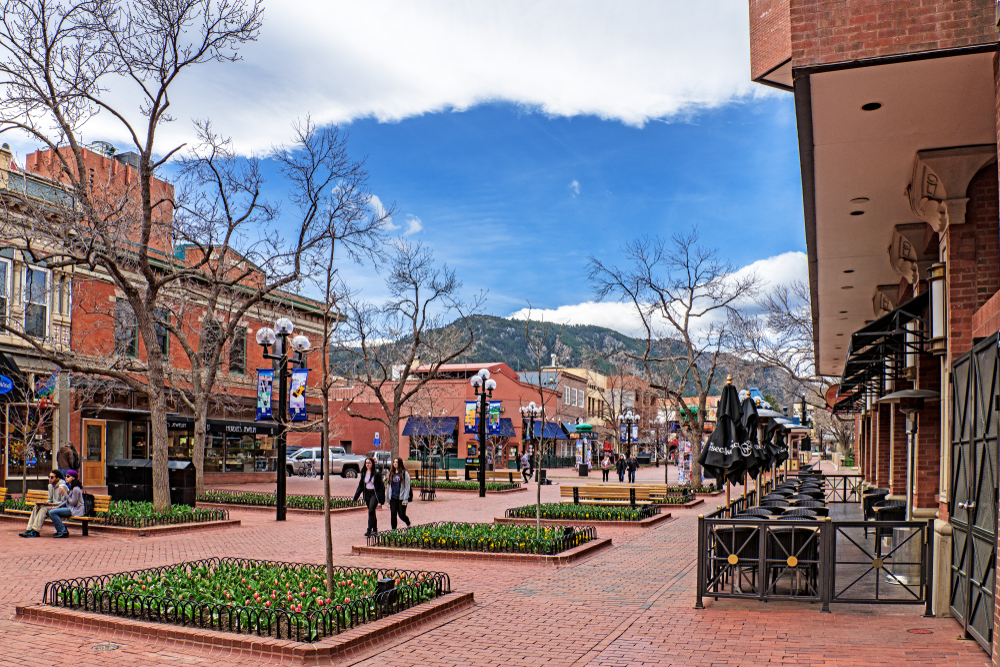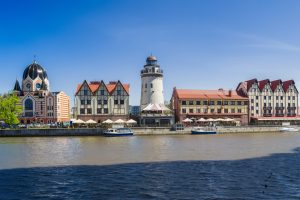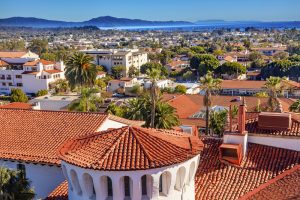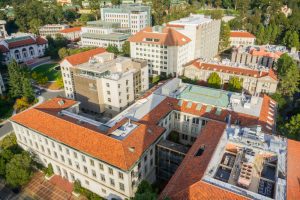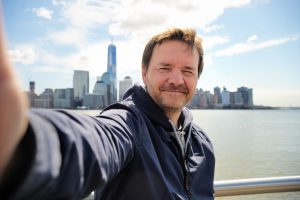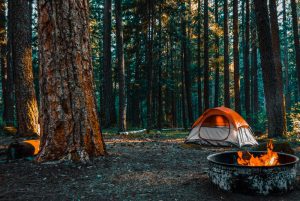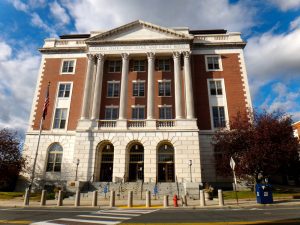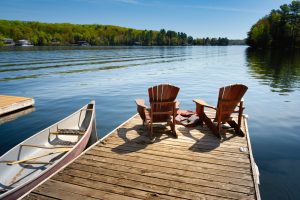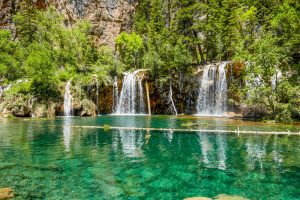In the United States, the most liberal small towns are Boulder in Colorado, Burlington in Vermont, Claremont and Santa Ana in California, College Park in Maryland, Eugene in Oregon, Northampton and Cambridge in Massachusetts, Ithaca in New York, and Berea in Kentucky.
What makes a town liberal? Opposite of conservative, it is an open-minded and forward-thinking town that initiates movements for a cause and addresses important political and social issues.
These places are usually a step ahead in supporting innovation and accepting social change. One may find a town more environmentally friendly, welcoming to the LGBTQ community, or racially and ethnically diverse.
Thus, expect the town to be filled with activists, social events, and organizations. Whatever your niche may be, you may find a town that fits your ideals.
Although big cities are considered more liberal, there are still some small towns reflecting the same common values.
Here are a few reasons why these towns are considered liberal.
Table of Contents
1. Boulder, Colorado
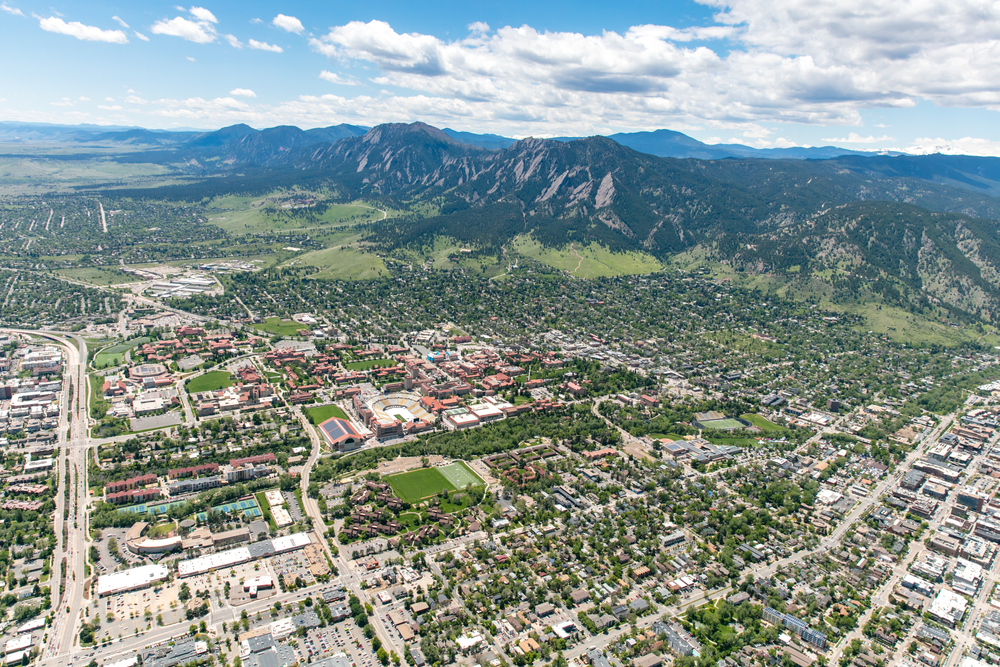
With a population of more than 100,000, Boulder is a small town 25 miles northwest of Denver. It is considered one of the most forward-thinking towns and is known for many “firsts.”
For instance, it was the first town in Colorado to ban gender discrimination in the 1970s and was one of the first towns that allowed same-sex marriage.
Seventy percent of the population are Democrats, of which former President Obama won 70% votes in this town.
Thus, the majority of the population mostly agree with each other in terms of politics. It is home to the University of Colorado, which is considered a very liberal college.
Boulder is consistently included in top rankings such as the top happiest cities and the top foodiest town. Moreover, it is ranked top 4 on the “Best Cities for Liberals” by Livability.
2. Burlington, Vermont
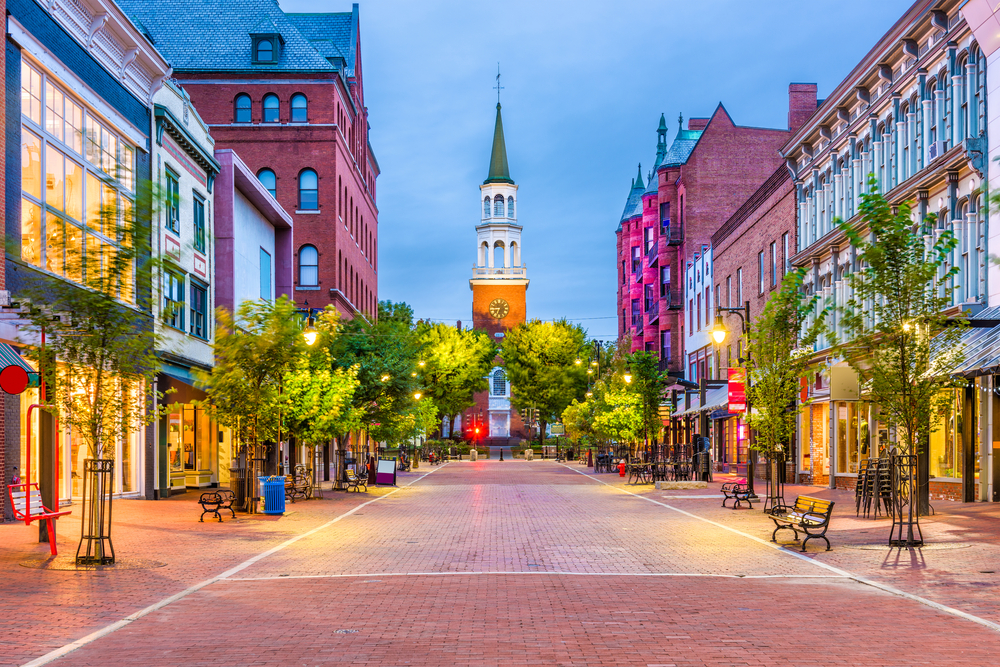
Burlington, Vermont, is located 45 miles south of the Canadian border with a population of more than 40,000 residents. The racial makeup in Burlington is 85% White, 5.78% Asian, 5.7% Black, and the rest are other races.
Similar to Boulder, Vermont also started the civil union that allowed same-sex marriage. One of the world’s well-known climate change activists, Bill McKibben, is also from Burlington.
He is the head of 350.org and has written The End of Nature. In the 1770s, Vermont was the first state to abolish slavery and allow non-property owners to vote.
In 1999, Burlington focused on the Urban Reserve and worked with a cleanup process and location of cultural resources. Moreover, ECHO opened to the public which is a museum of history and environment.
Today, it has a great art scene, several restaurants, and local farms to visit.
3. Claremont, California
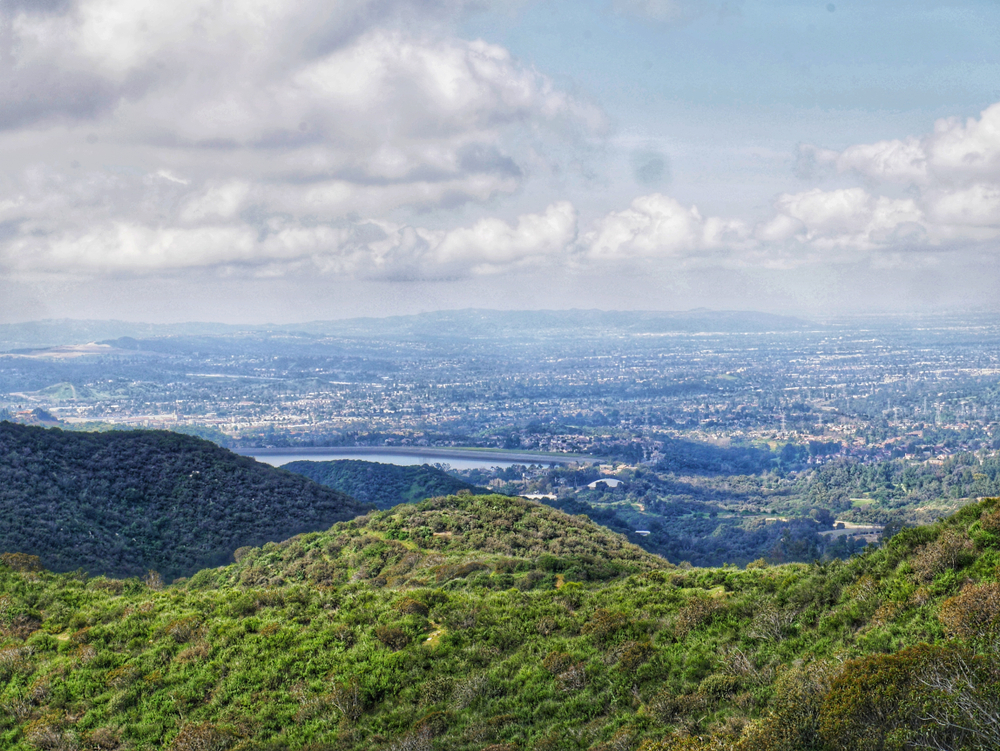
A suburb of San Bernardino, Claremont has a population of 36,090. The population is 67.7% White, 24.1% Hispanic, 15.6% Asian, 4.3% African American, 4.5% other races, and 0.7% Native American.
It is one of the most eco-friendly towns with numerous vegans and liberals. Claremont is known for its arts and culture scene.
There are several museums to visit like the Raymond M. Alf Museum of Paleontology and events to go to like the annual Midsummer Shakespeare Festival.
In terms of architecture, it has various designs from the Victorian and neo-classical periods.
Moreover, it is home to five well-known liberal arts colleges including Pomona College, Claremont McKenna College, and Harvey Mudd College.
4. Santa Ana, California
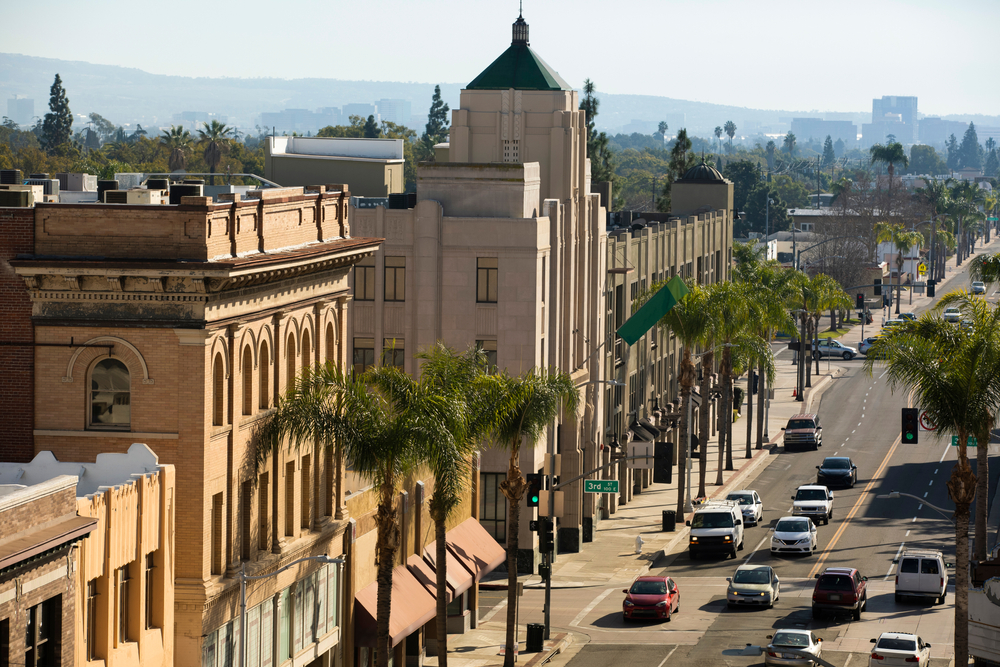
Santa Ana’s population is predominantly Hispanic or Latino but still diverse in ethnicity. Its racial composition is 78.2% Hispanic or Latino, 45.9% White, 10.5% Asian, 9.2% Non-Hispanic White, and 1.5% Black or African American.
Moreover, Santa Ana is moderately liberal, having about 53.5% Democrats.
One of the most notable places here is the Santa Ana Artist’s Village, which features numerous art galleries and theaters including the Bowers Museum of Cultural Arts and the Old County Courthouse.
It also has the Santa Ana Public Library and Discovery Science Center.
5. College Park, Maryland
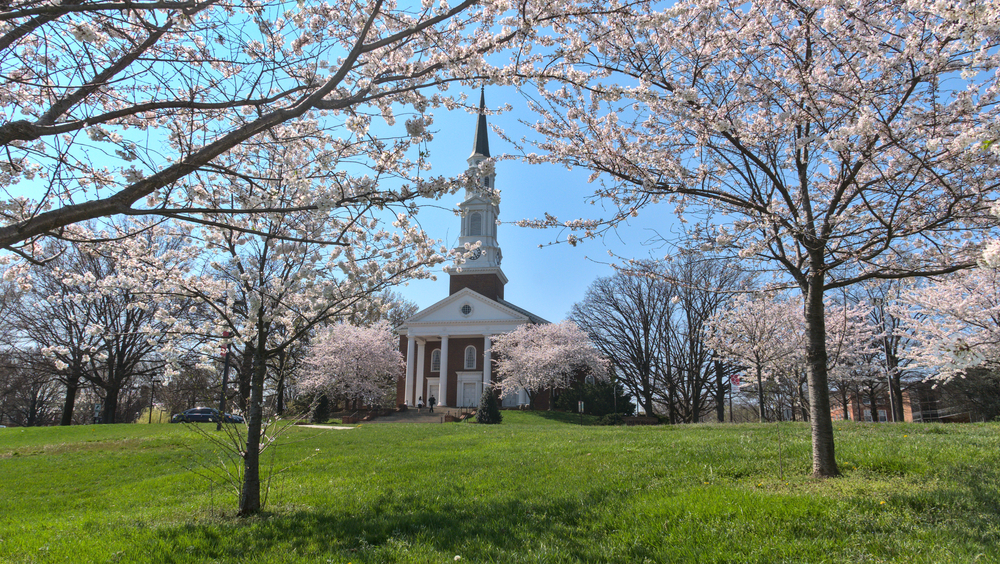
A small town with 34,740 residents, College Park is one of the most liberal towns in Prince George County, Maryland. There are 89.3% of registered voters in Prince George County who are Democrats, which makes it a very liberal county.
The people who live in College Park are mostly White – 54.89% of the total population.
Other races include 19.28% Black or African American, 14.45% Asian, 4.81% two or more races, 0.12% Native American, 0.09% Native Hawaiian or Pacific Islander, and 6.36% other races.
College Park was ranked the 6th most liberal city in the United States in 2014 by Livability. Additionally, 37,000 students from the University of Maryland identify themselves as liberals.
The town also celebrates and honors female leaders who contributed and are currently contributing to the city’s development.
As part of College Park’s vision statement, they are firm believers in diversity, sustainability, and innovation, especially in agriculture.
In terms of innovation, they spearheaded many firsts in aviation including the first controlled helicopter flight.
6. Northampton, Massachusetts
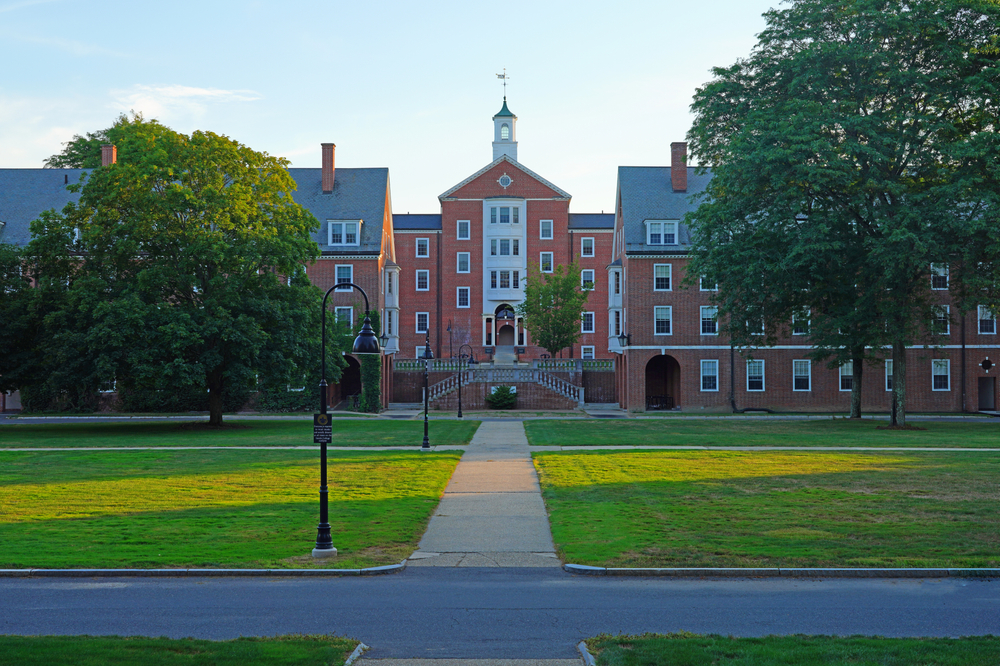
A suburb of Springfield located in Hampshire County, Northampton is politically liberal and known to be LGBTQ-friendly.
According to demographic statistics, of the total population of 29,571, approximately 87.4% are White, 6.3% are Latino, 3.7% are Asian, 2.2% are Black, and 6.6% are other races.
Massachusetts was the first state in the United States and the 6th in the world to allow same-sex marriage. Northampton is one of the towns with the highest percentage of LGBTQ residents and same-sex households.
Moreover, it is also home to the Northampton Association of Education and Industry, a community focusing on equality.
It is also a place for arts and music enthusiasts and several events including the annual LGBTQ Parade and Pride and Paradise City Arts Festival.
7. Cambridge, Massachusetts
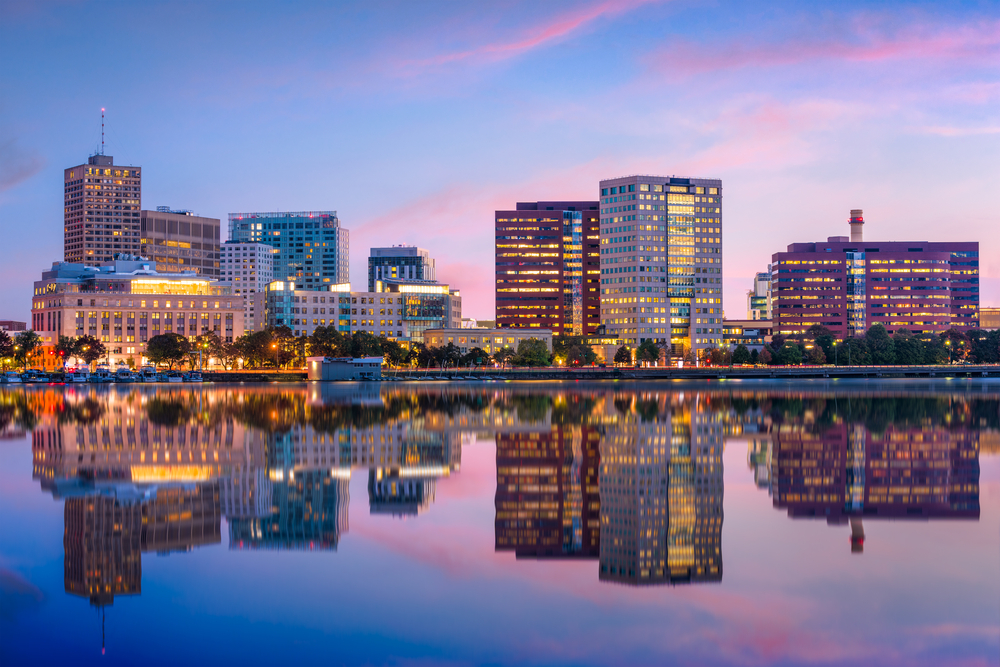
Home to Harvard University and MIT, Cambridge is ranked one of the most liberal cities in the United States with 56.48% Democrats.
Cambridge is one of the best college towns in the country that is best known for research and education and prides itself on having 129 Nobel Prize winners.
Kendall Square is also found here, which is considered the most innovative square mile on the planet.
Cambridge is a diverse town with a racial makeup of 66.6% White, 15.1% Asian, 11.7% Black or African American, 7.6% Hispanic or Latino, and 4.3% two or more races.
It is rich in arts and culture, with many festivals held annually such as the Cambridge River Festival and the Central Square World’s Fair.
One of the departments of Cambridge is the LGBTQ+ Commission, a department that aims to support equality for all persons regardless of gender.
8. Eugene, Oregon
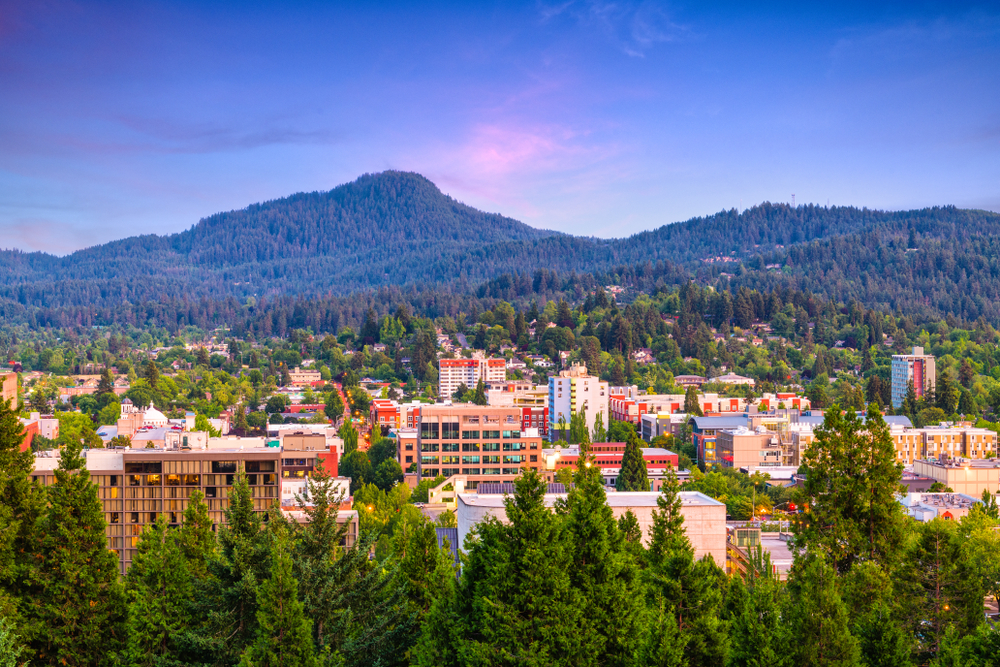
Eugene is known as a great city for the arts and outdoors, Emerald City, and Silicon Shire for its support of a wide range of interests. It is a liberal town with 70% Democrats, and 47% of its people are environmentally conscious.
In its history, it has been involved in protests and activism about a variety of things, such as sexual discrimination, anarchy, and environmental issues.
Since the city is vibrant in arts and culture, there are several events celebrated every season including the Oregon Festival of American Music and Art and the Vineyard festival.
It also has numerous museums and theaters to visit such as the Museum of Natural and Cultural History and the Eugene Science Center.
For the LGBTQ community, Eugene holds the Eugene Springfield Pride Festival every year in August to support LGBTQ rights and cultural diversity.
9. Ithaca, New York
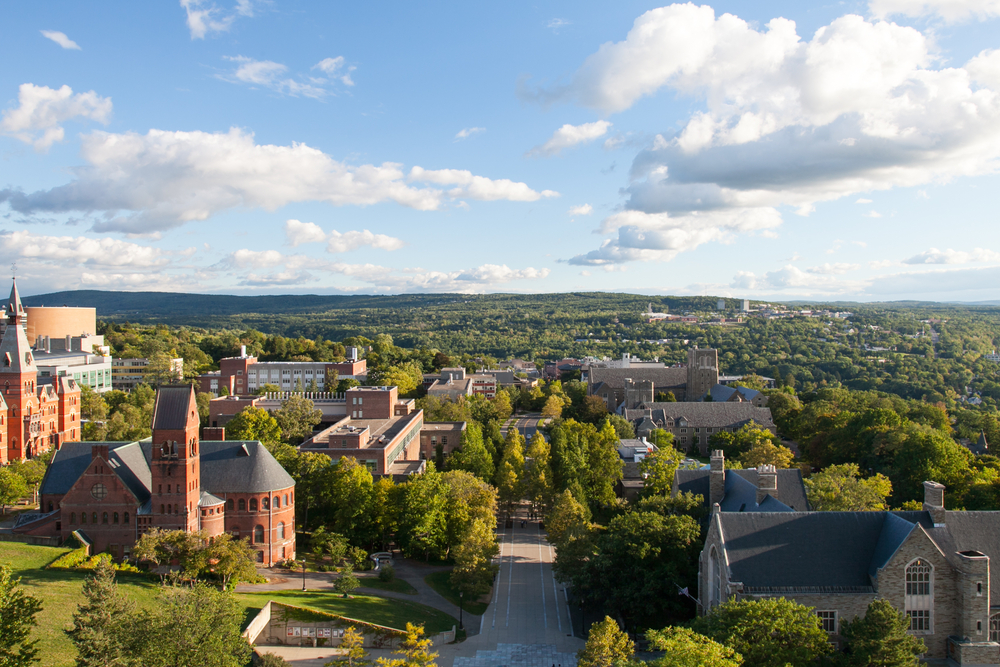
Ithaca is considered the most liberal of all towns in New York City and is ranked the 7th most liberal city in America. In 2012, 70% of registered voters supported former President Barack Obama.
It is a college town home to Ithaca College, an internationally known private college that has the Center LGBT Education, Outreach, and Services.
As of 2020, Ithaca has a population of 32,108 residents with a racial composition of 73.97% White, 13.65% Asian, 6.71% Black or African American, 5.31% Hispanic or Latino, 3.36% two or more races, and the rest are other races.
It has a vibrant art community with its many art centers and museums such as the Museum of the Earth, the Herbert F. Johnson Museum of Art, and the Center for the Arts at Ithaca, Inc.
The LGBTQ community is most welcome in this small town, having a score of 231 compared to the US average of 100 in the Gay Index.
10. Berea, Kentucky
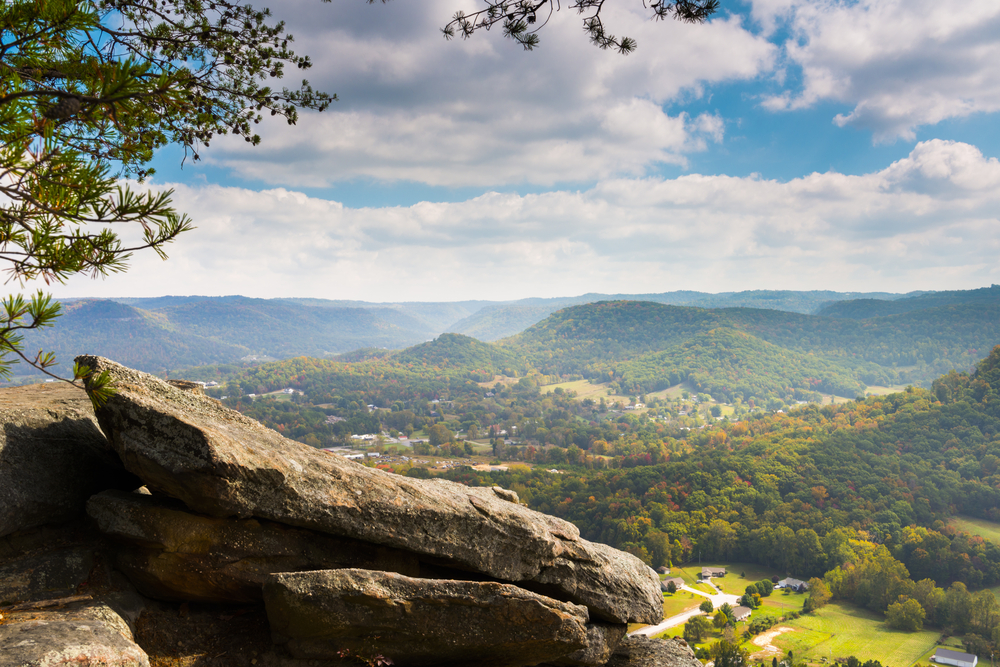
With a small population of 13,561, Berea in Kentucky is a town packed with art festivals and rich history. It is known as the Folk Arts and Crafts Capital of Kentucky – Where Art’s Alive.
Founded by an abolitionist, Berea College was the first integrated co-ed college that has no tuition fees charged to its students.
Many notable musicians came from this small town, including J.P. Pennington, Jean Ritchie, and Wynonna Judd.
Berea offers a unique experience to every kind of person – from visiting the Kentucky Artisan Center to taking a stroll on Chestnut Street and hiking on several trails.

